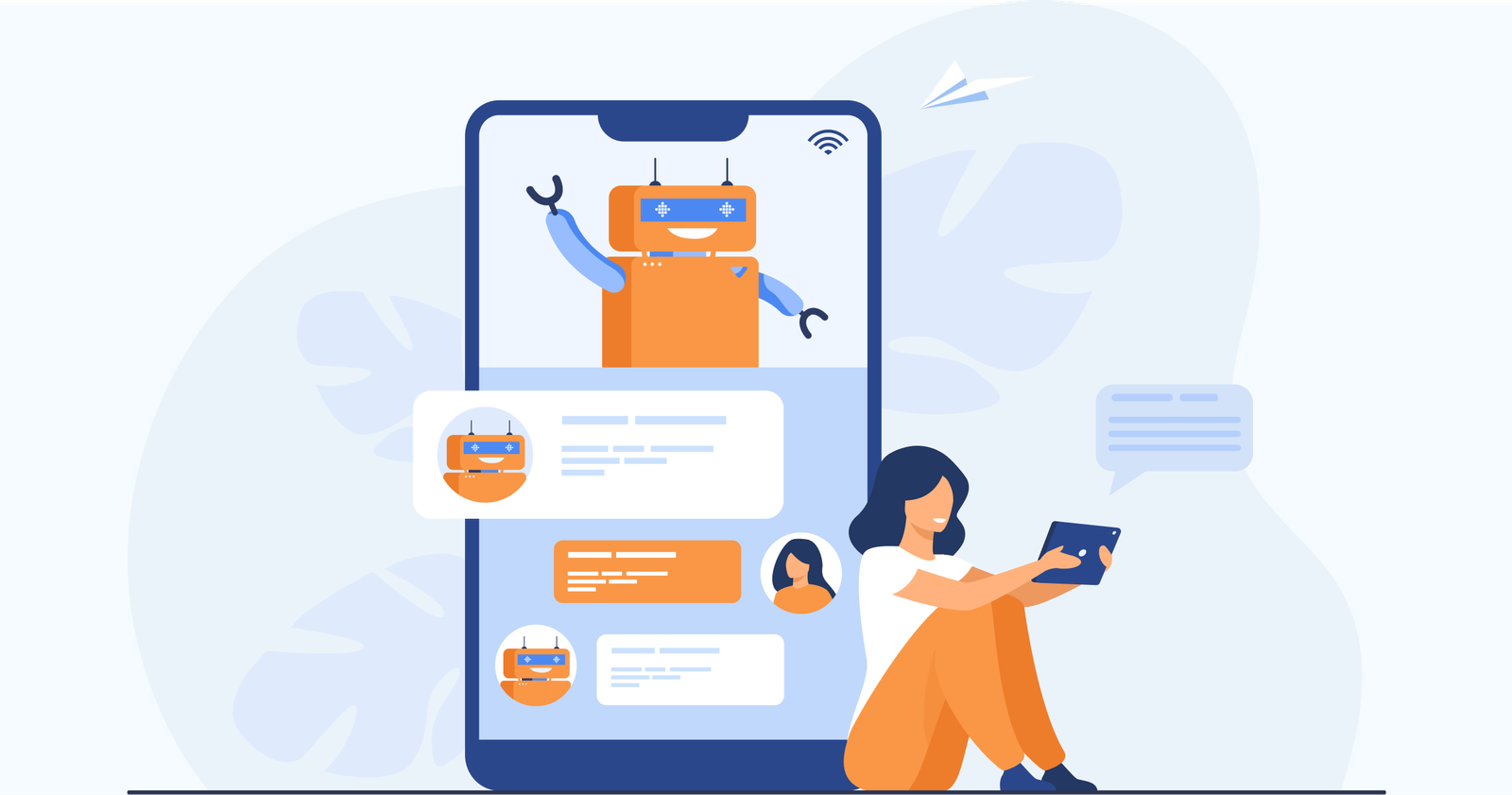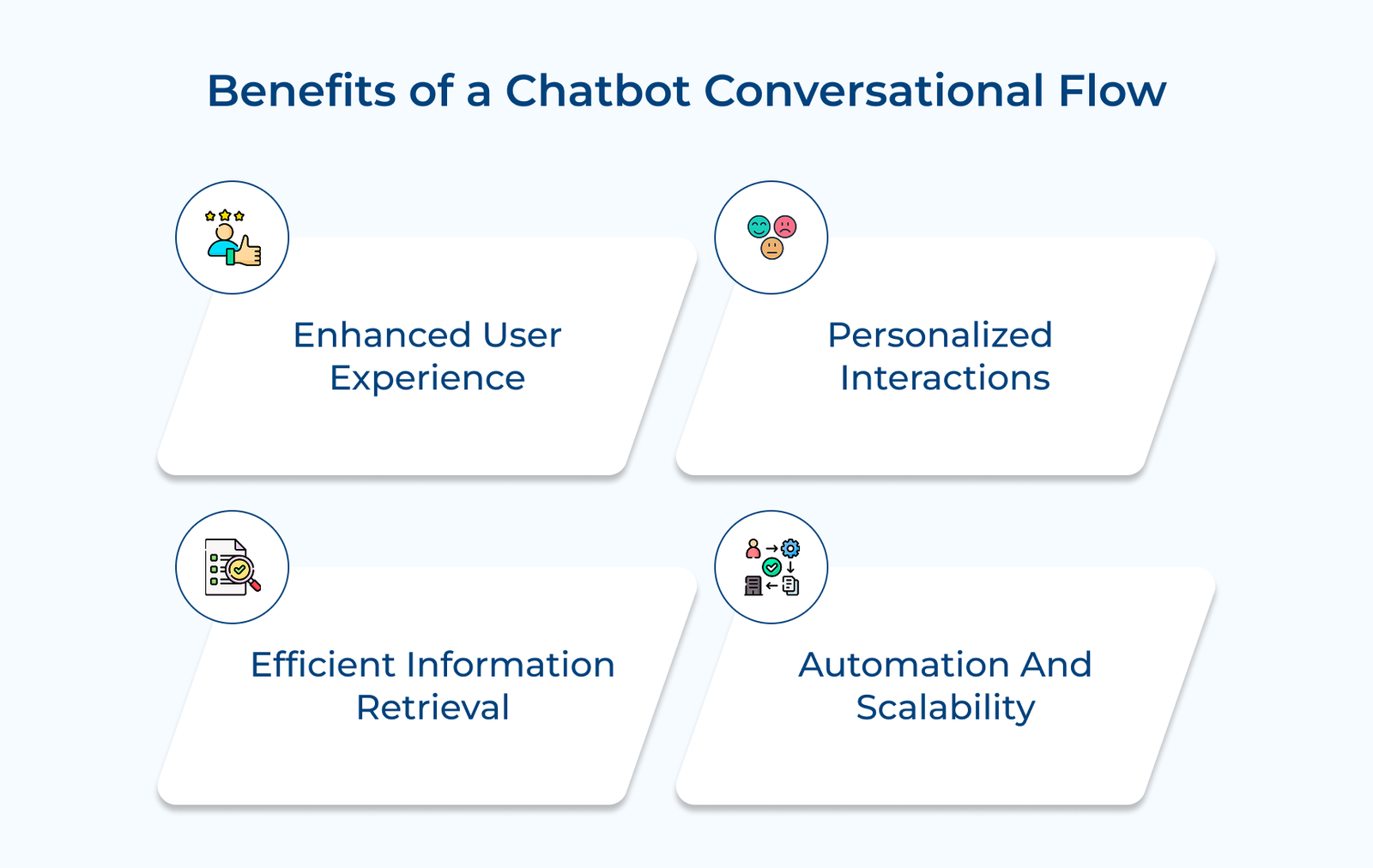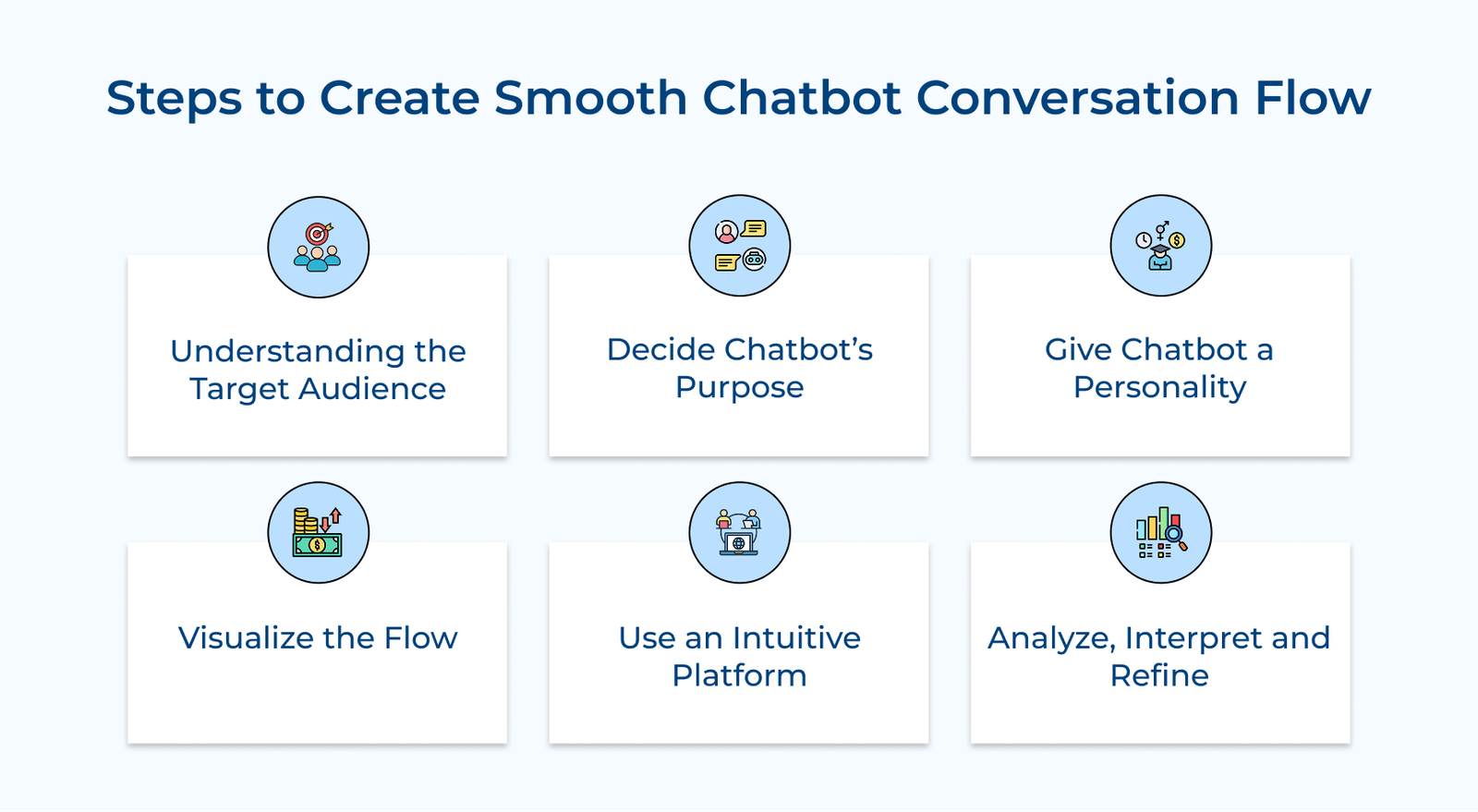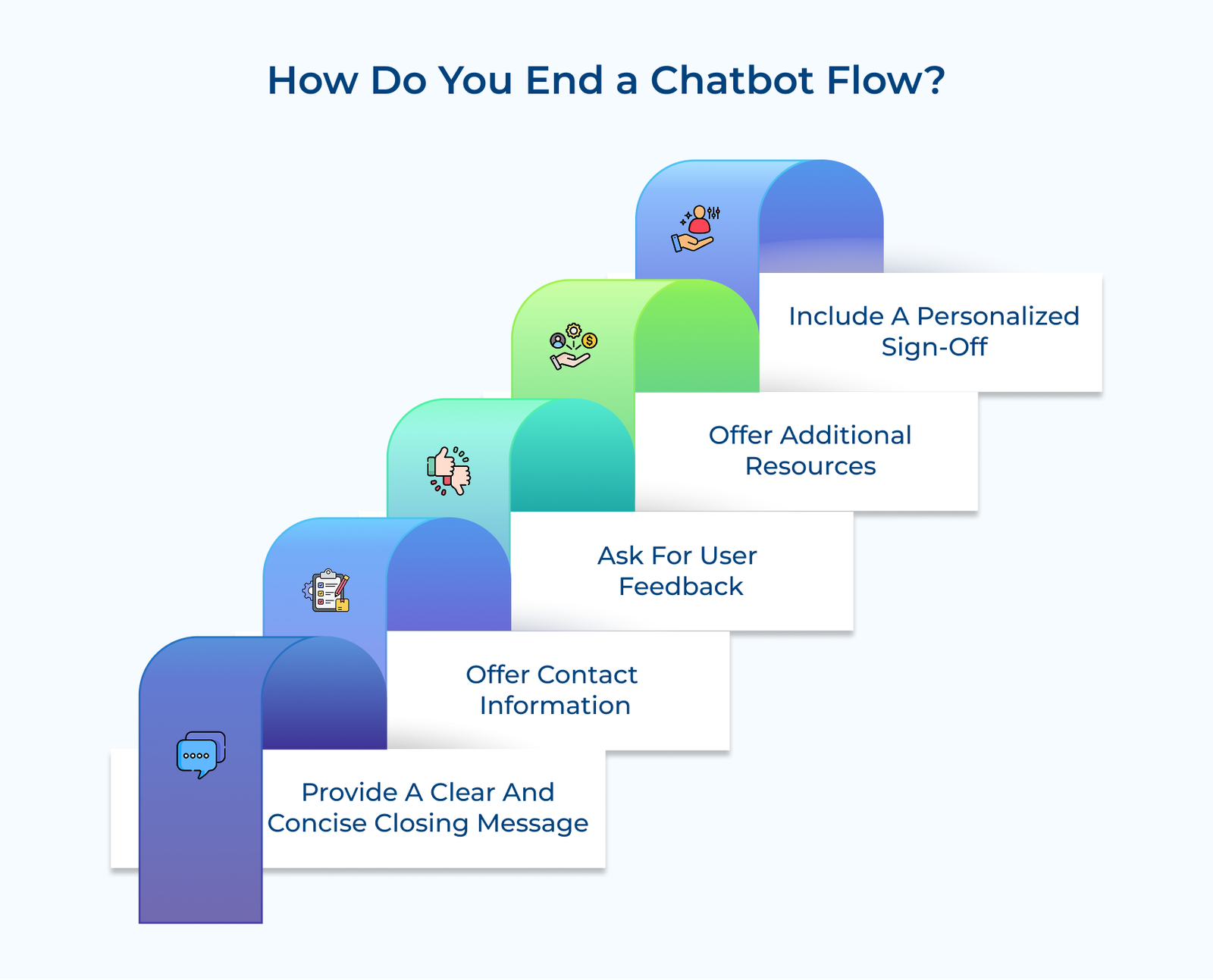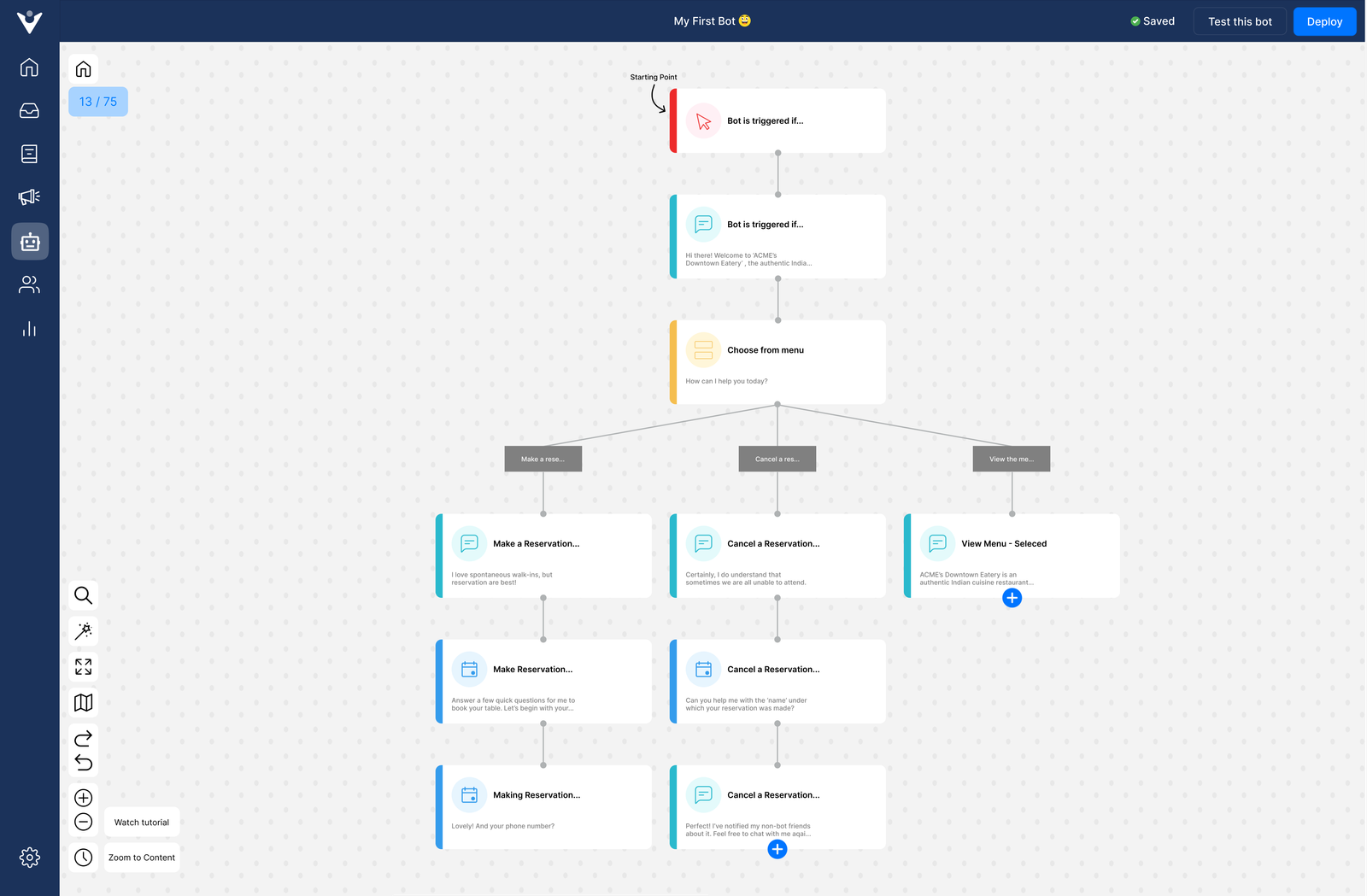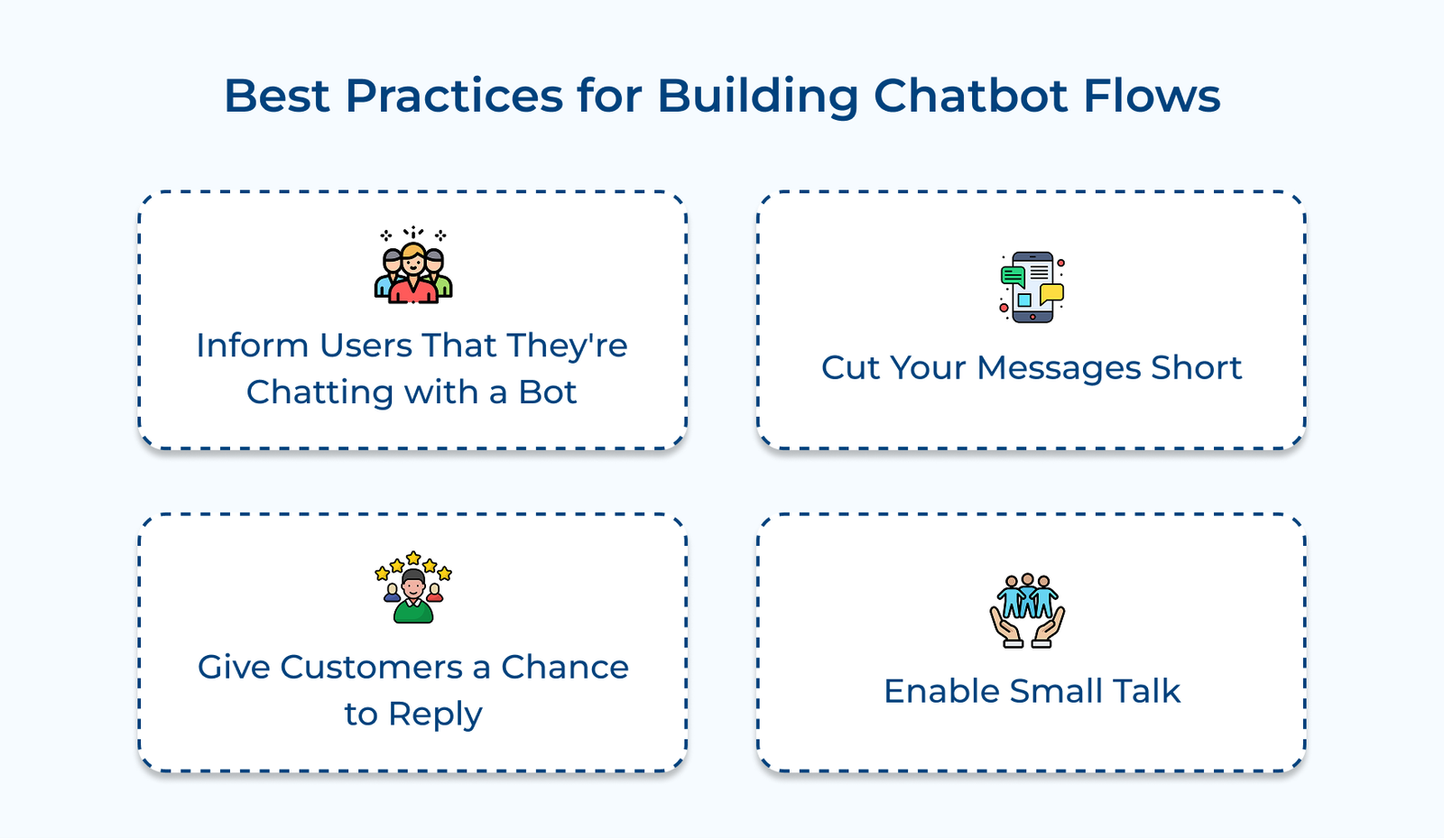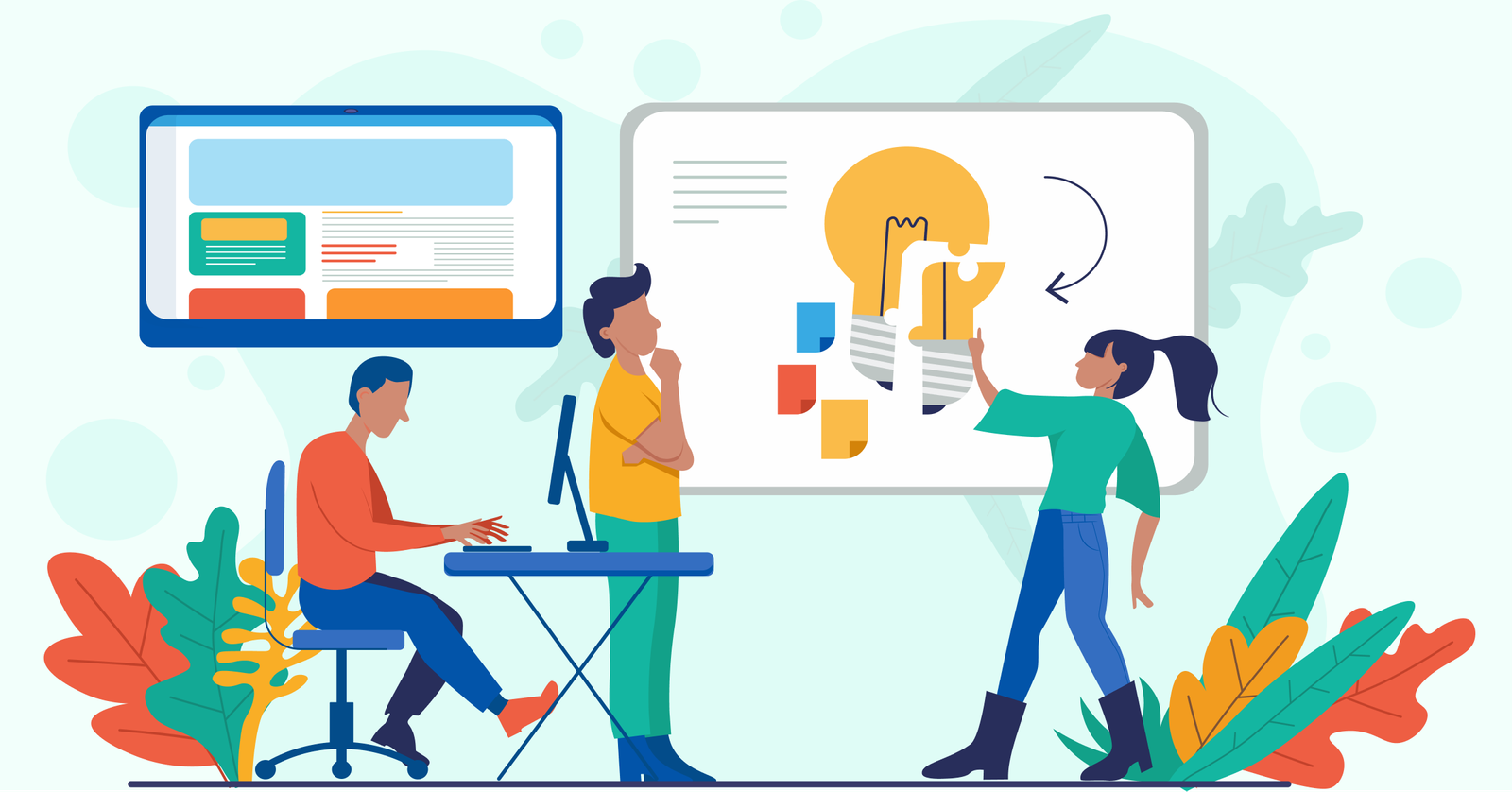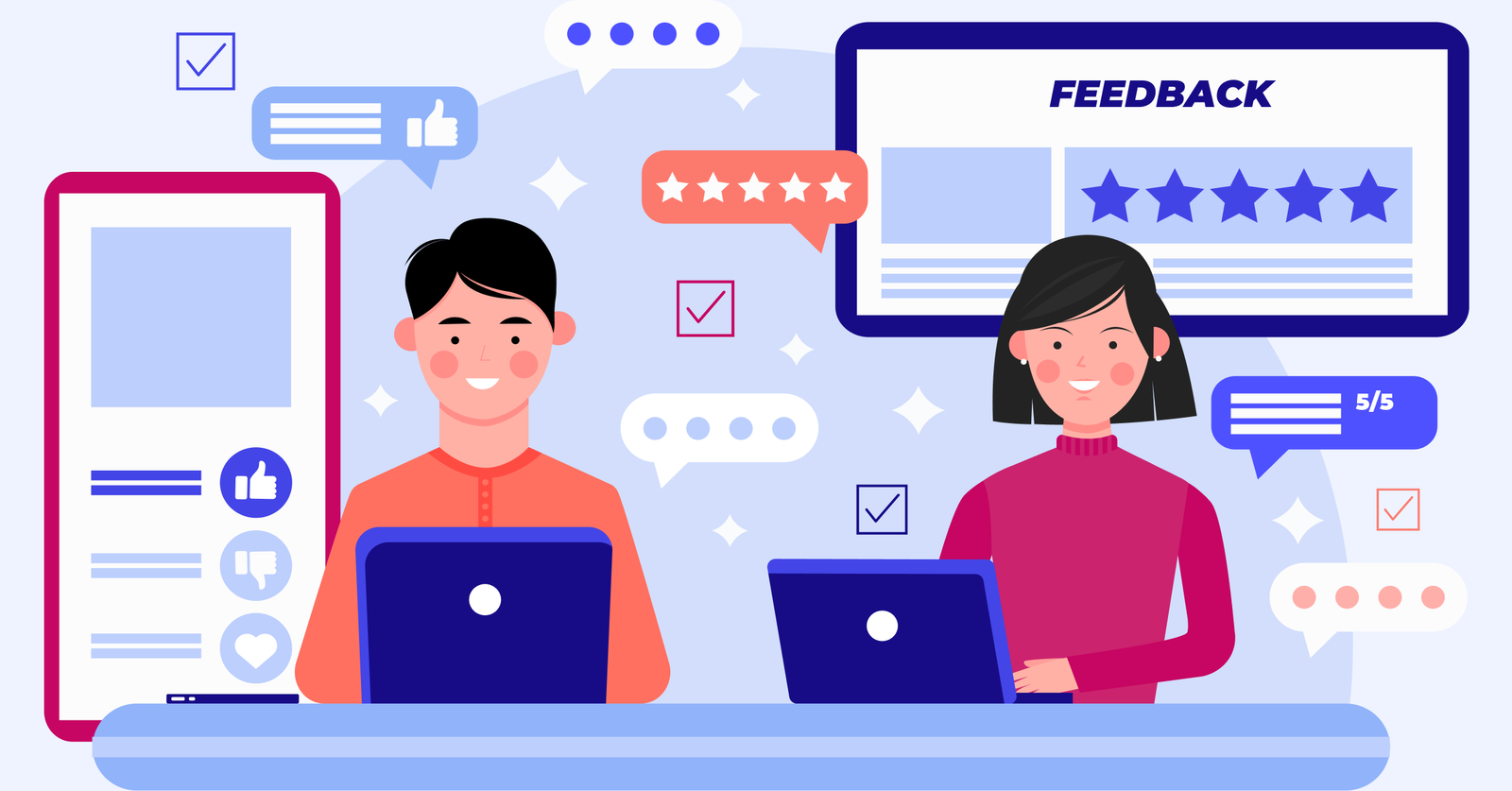1. Understanding the Target Audience
Understanding your target audience is a crucial step in creating an AI chatbot conversation flow that is effective and engaging. It involves gaining insights into the preferences, behaviors and needs of the people you want to reach with the chatbot. Knowing who the users are allows businesses to tailor the chatbot persona, tone and content to resonate with them.
Imagine you are creating a chatbot for a fashion brand. Understanding the target audience would involve knowing their age range, fashion preferences and shopping habits. The insights will help the business design a conversation flow that showcases the latest trends, offers personalized recommendations and provides a seamless shopping experience.
Pro tips:
- Use surveys, interviews and data analytics to gather insights about your target audience.
- Develop fictional representations of the target audience segments, including their characteristics, motivations, and pain points.
- Pay attention to feedback from current customers and use it to identify preferences.
2. Decide Chatbot’s Purpose
The purpose of a chatbot is to fulfill a specific goal or assist users with particular tasks. If there’s not a clear objective, the chatbot may become aimless and confusing for users. A well-defined purpose ensures that the chatbot stays focused on achieving its intended goals and delivers a satisfactory user experience.
Let’s take a travel chatbot for example. Its purpose could be to help users find or book flights, hotels and car rentals. The chatbot can efficiently guide users through the necessary steps, inquire about their preferences and provide relevant recommendations only when it is focused on the purpose.
Pro tips:
- Identify the pain points of the target audience and determine how the chatbot can alleviate them.
- Research existing chatbots in the industry to identify gaps and find inspiration for unique purposes.
- Test different chatbot purposes through user feedback and analytics to optimize its effectiveness.
3. Give Chatbot a Personality
A chatbot’s personality refers to its tone, language style and overall demeanor. A chatbot with a well-defined personality feels more human-like and relatable to users, which can help establish credibility. Users are more likely to engage in meaningful conversations with a chatbot that feels like a genuine companion rather than a robotic entity.
Let’s take the example of a travel chatbot. A travel chatbot that has a friendly and enthusiastic personality can make users feel more comfortable in seeking travel recommendations, booking flights or exploring travel destinations. The chatbot’s welcoming tone and personalized responses can create a memorable user experience, increasing the likelihood of repeat interactions.
Pro tips:
- Tailor the chatbot’s personality to suit the preferences and characteristics of your intended users.
- Choose a conversational style that aligns with the brand’s voice and values. There should be consistency in the chatbot’s language to maintain a coherent personality.
- Incorporate humor or empathy when appropriate to add human interaction to the chatbot’s responses. It helps to create a friendly and relatable experience for users.
4. Visualize the Flow
Visualizing the AI chatbot flow involves mapping out the different paths and interactions a user can have with the chatbot. It allows businesses to identify any potential roadblocks in the conversation and address them before the chatbot is deployed. It ensures the users can easily navigate through the chatbot and find the assistance they need easily.
Imagine you are designing a chatbot for a customer support scenario. If you don’t visualize the flow, there is a higher chance of the conversation becoming disjointed or repetitive. Mapping out the different user inputs and the corresponding responses will help you guide the chatbot to provide relevant answers.
Pro tips:
- Use conversation chatbot flow diagrams or visual elements to lay out the conversation paths.
- Clearly define the possible user inputs and the chatbot’s responses for each scenario.
- Continuously refine the flow based on user feedback and or insights.
5. Use an Intuitive Platform
Using an intuitive chatbot flow software can greatly simplify and streamline the process. An intuitive platform is designed to be user-friendly and easy to navigate, even for those with little to no coding experience. It provides a visual interface that allows you to design and map out the flow of your chatbot conversation. The options like drag-and-drop functionality and pre-built templates are quite helpful to quickly create a conversation flow that follows a user-friendly structure.
Let’s say a chatbot flow is being designed for customer support. Using an intuitive platform will help the business map out the different paths a conversation can take like greeting, gathering information and providing solutions. It will be easy to add buttons, quick replies and conditional logic to guide users through the conversation flow.
Pro tips:
- Keep it straightforward by avoiding complex branching and excessive steps as it can confuse users.
- Use visuals such as images, GIFs or videos to enhance the conversation and make it more engaging.
- Consider incorporating personalized responses and dynamic content to make the conversation feel more personalized.
6. Analyze, Interpret and Refine
Analyzing involves examining the data from user interactions to gain insights into the effectiveness of the chatbot’s responses. Interpreting involves understanding the meaning behind user inputs and crafting appropriate responses. Refining involves continuously improving and enhancing your chatbot’s conversational flow based on the insights gained from analysis.
Let’s consider a customer support chatbot for an e-commerce platform. Assume that the business discovers that customers frequently ask about return policies. Analyzing the user interactions will allow the business to refine their chatbot’s responses to provide clear and concise answers to the queries upfront.
Pro tips:
- Regularly review user interactions to identify common questions, pain points and areas for improvement.
- Continuously train and update the chatbot’s NLP capabilities to improve its understanding of user inputs.
- Collaborate with a diverse team to gain different perspectives and refine the chatbot accordingly.
How Do You End a Chatbot Flow?
Let us go through the practical tips and best practices to help you gracefully exit chatbot interactions, ensuring you can continue your journey with clarity.
